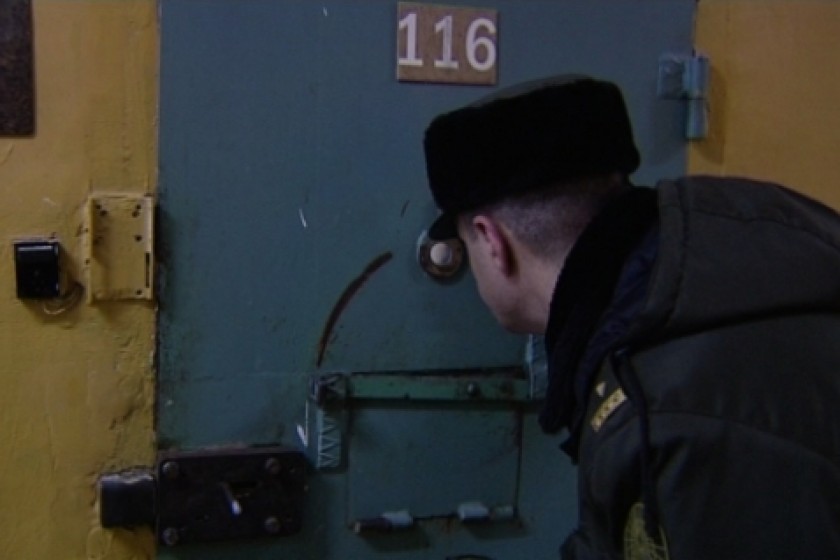
Latvia: Prison System Plagued By Violence
An investigation by OCCRP partner Re:Baltica has opened a new window into the brutal conditions of prisons in Latvia.
The violence that inmates in Latvia’s prisons face, both from guards and from other prisoners, has brought the facilities under scrutiny from the country’s ombudsman and the European Committee for the Prevention of Torture.
Part of the problem, according to the investigation, is the rigid caste system in place within the prisons, in which prisoners are placed into one of three groups: the VIPs, the average thugs, or the bottom feeders. An inmate’s caste depends on a variety of factors, such as the crime that placed them in prison, their relationships with other prisoners, or the amount of money they have.
One inmate, referred to by the pseudonym “Artis,” ended up as a bottom feeder based on the way he answered a question from a guard upon arrival. He complained that management honors the rules of the caste system, granting it legitimacy. Artis and other prisoners face severe beatings, psychological abuse, sexual assault, and even death as a result of their caste.
Re:Baltica’s story on prison violence in Latvia is part of a series on conditions in Baltic prisons. The Baltic countries have the European Union (EU)’s highest incarceration rate, at more than twice the EU average.
Latvia’s heavily punitive system still reflects its Soviet origins, with an average sentence of 5-10 years. The EU average is 1-3 years. However, these heavy sentences don’t prevent repeat offenders: half of Latvian prisoners commit a felony within two years of being released.
Ilona Spure, who became Latvia’s chief prison administrator in 2013, knows that the prison culture needs to change. “Society doesn't want to imagine that prison isn't the end of the problem,” she told Re:Baltica. “Society wouldn't feel safer if they realized that the person that comes back has spent years in inhumane conditions and learned even more methods to commit crimes.”
Spure hopes to improve the prison culture by building and improving facilities. Her top priorities are to build a rehabilitation center at the prison in Olaine and, if the money comes through, to build Latvia’s first new prison since the Soviet era. The dorm-like Soviet correctional colony is seen as one of the factors promoting castes and the culture of violence.
“Society does not realize that the prison system with the violence and the Soviet-era traditions is a crime academy, not a place of reformation,” explained Inga Springe, the report’s author.
Re:Baltica aims to provide a more complete picture of the Baltic prisons than was previously available. “In everyday media I cannot see analytical stories about conditions in the prisons,” said Springe. “Mainstream outlets are interested in covering the sensational stories, such as when there is a murder or a suicide, without a systematic analysis.”
 Videos
Videos Photos
Photos
Write a comment